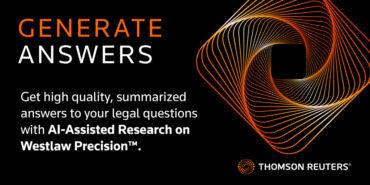The No Surprises Act (NSA), effective January 1, 2022, includes wide-ranging federal protections for individuals from getting surprise medical bills after receiving emergency medical care and certain related services, as well as other patient protections.
Providers and facilities must make extensive changes to their reimbursement, billing, notification, and disclosure practices. The NSA’s surprise medical billing requirements impose widespread compliance obligations on providers and facilities. Compliant implementation of all these requirements can be time-consuming and costly, but necessary for providers and facilities, especially with potential exposure from the consumer complaint process and large fines for violations.
Complying with the No Surprises Act
Implementing the No Surprises Act
Providers and facilities should create cross-functional implementation teams, including representatives from legal, compliance, billing, finance, operations, the provider network, and information technology to determine if and under what circumstances the new requirements apply. Providers and facilities should also create and update relevant policies, standard operating procedures, and workflows, as well as train frontline and billing staff on all the changes.
Update billing and notification processes
Providers and facilities must refrain from billing patients directly until a determination is made regarding whether the balance billing protections apply. They should create processes to identify services that are subject to the surprise billing protections. In addition, providers and facilities should avoid balance billing patients unless the notice and consent process is satisfied and ensure compliance with the notice and consent requirements.
Providers and facilities should also ensure compliance with the disclosure requirements. Providers that provide services that are related to visits at facilities should strongly consider entering into written agreements with these facilities, so the facility must provide the disclosure notices on behalf of the provider. They must institute processes for creating and transmitting good faith estimates, including procedures to identify uninsured and self-pay patients, comply with the notice requirements, and create good faith estimates.
Establish strategies for payment disputes
Providers and facilities should adopt a decision-making process regarding when it is financially prudent to accept a payor’s initial payment as payment in full to reduce administrative costs by avoiding the open negotiation period and the IDR process.
Compliance concerns under the No Surprises Act
In addition, providers and facilities continue to be concerned about:
- Major impacts to budgets based on the implementation costs.
- Having to comply with aspects of the NSA where rulemaking has not yet been issued or finalized, including about enforcement, provider directory updates, and continuity of care.
Legal challenges to the No Surprises Act
Providers and facilities should be aware of several federal lawsuits filed challenging the rulemaking implementing the federal Independent Dispute Resolution Process (IDR) and specifically the presumption that the qualifying payment amount should be used as the OON rate in the federal IDR process.
For more information on how the No Surprises Act impacts providers and facilities, read the first part of this series which explains key takeaways for providers and facilities.
Stay up to date with Practical Law
Stay compliant with the No Surprises Act and other transparency requirements for hospitals with Practical Law.
This post was created with our Practical Law healthcare attorney-editors. As these issues are always evolving, the best way to stay updated is by letting our 300+ full-time attorney-editors help you.












